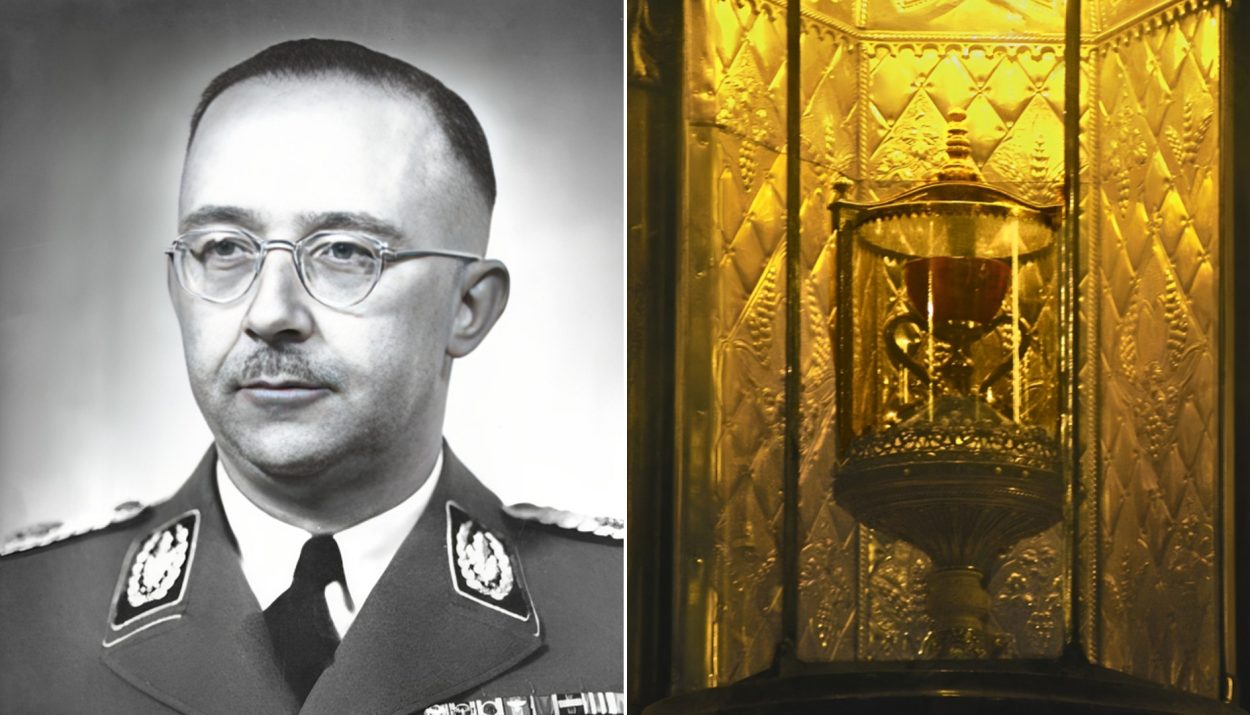Catholicism is the oldest form of Christianity on the books. It is only overtaken as the oldest monotheistic religion by Judaism, and as such, both have centuries and millennia of stories and legends and history to pick apart and study. Many people are familiar with Christian stories, even if you weren’t raised in a Christian faith, and the story of the Holy Grail is one of the most famous.
Items With Supposed Historical Evidence
The Holy Grail is a symbol in Christianity that has attained the same level of notoriety as the Golden Fleece or the Philosopher’s Stone. All are symbols that have supposed historic significance, with little evidence to support their actual existence.
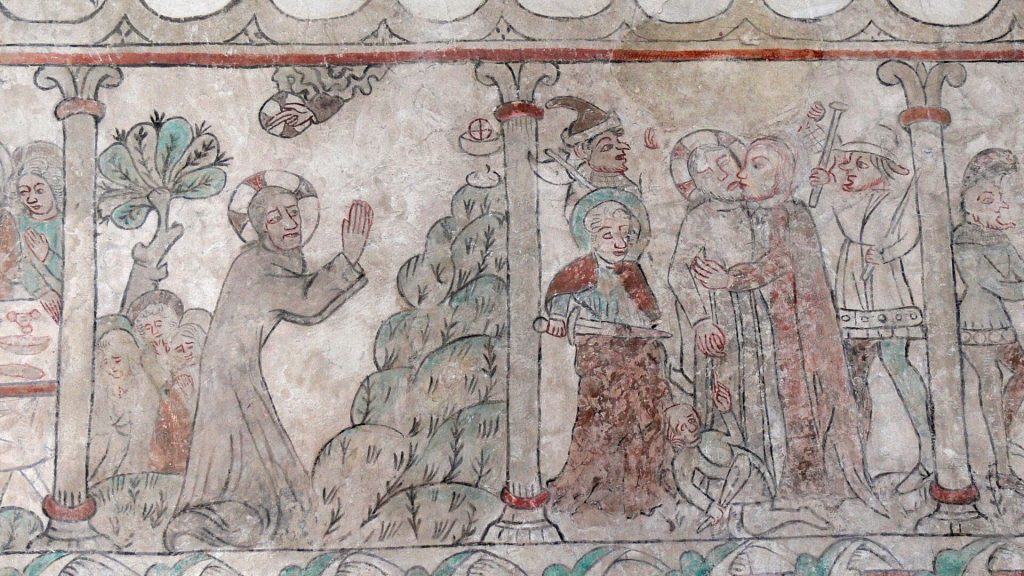
The lack of physical evidence hasn’t stopped hundreds of people from dedicating their lives to the pursuit of these items, though. The Holy Grail, in particular, indices a certain type of intense fervor for its existence that other legendary items have not.
Difference Sources of Information
The Holy Grail, in reference to Christianity, is believed to be the cup that Jesus drank from during the last supper. The mention of the cup is the only reference to the Grail in the bible, though the legend of the Holy Chalice didn’t become entwined with the story of the Holy Grail until the twelfth century.
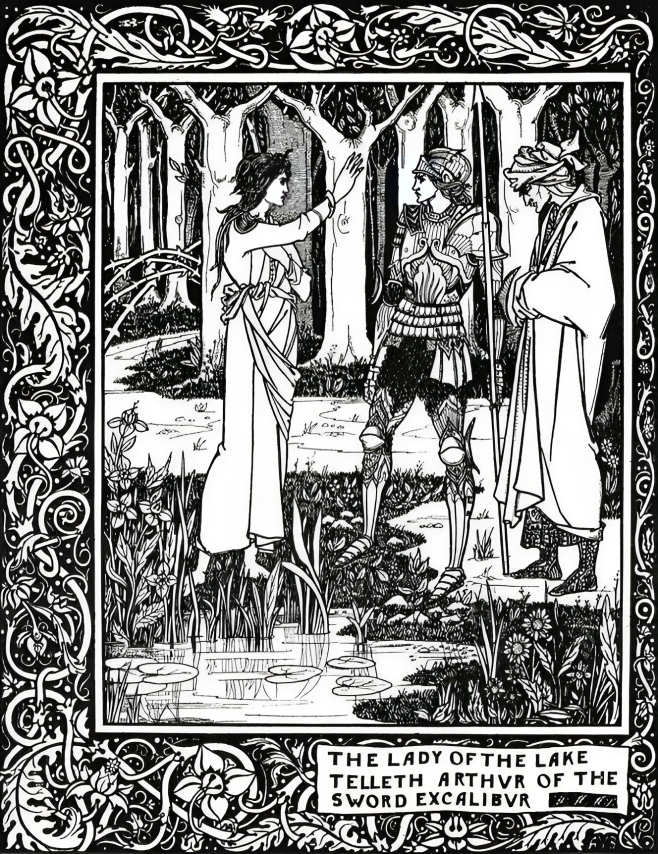
The story went on to be popularized in the legends of King Arthur and the Knights of Camelot, the story of which came out in the fifteenth century. In the story, the Grail was the symbol of Divine Justice, and Galahad was tasked with finding the Grail in order to achieve redemption in the eyes of God.
Galahad as Seeker of the Grail
In the Arthurian Legend, Galahad was the illegitimate son of Lancelot and Elaine, and the world’s greatest knight. His spiritual purity made him an even greater warrior than his father, and he was therefore destined to find the Grail and achieve spiritual ascension.
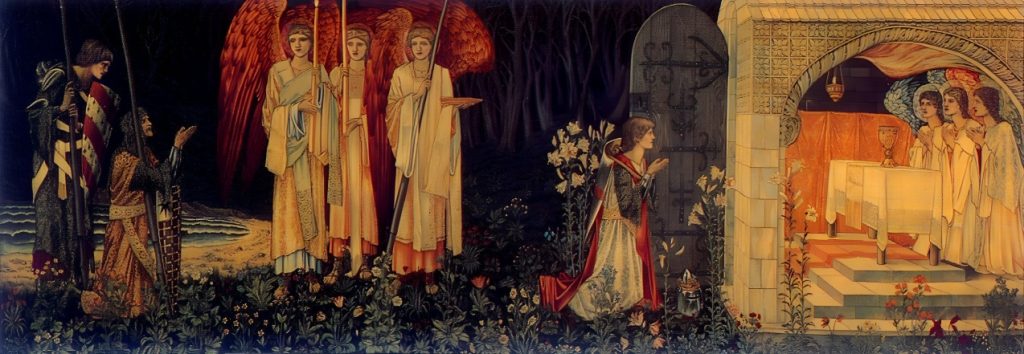
Through his travels, Galahad went on to gather other soldiers from the Knights of the Round Table to accompany him in his travels. In the story, he eventually reaches the end of his quest and does attain the Grail, and the soldiers who accompanied him through the story were witnesses to his heavenly ascension.
The Lack of Agreement Doesn’t Dampen Belief
Over the years, the Holy Grail has become more twined with myth and mystery than historical fact. While it is believed by Christian scholars that the Grail is in fact the Holy Chalice mentioned in the Bible, there is no true consensus on what the Grail was or what it actually looked like.
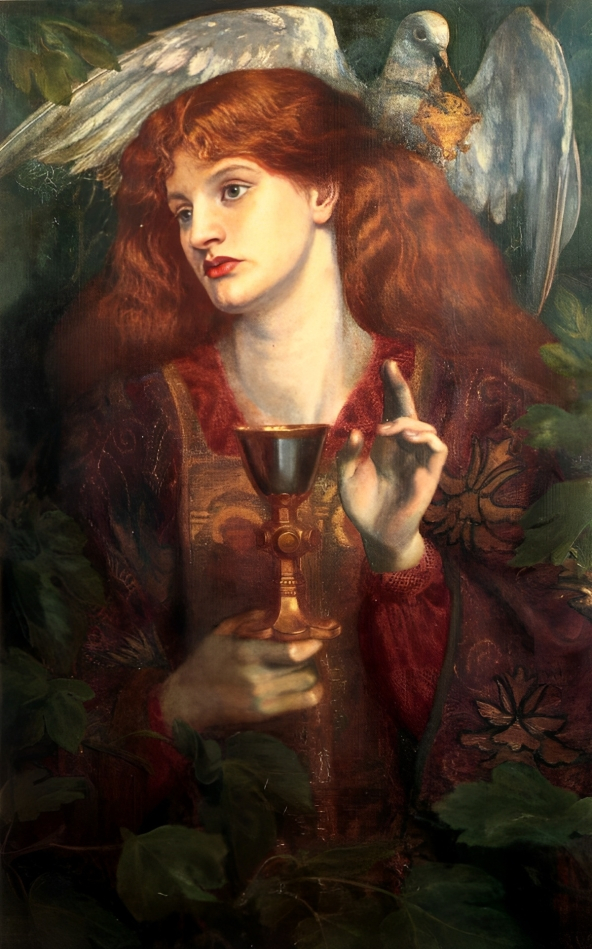
Some believe that the Grail was a simple cup, others believe it was a type of carved bowl. Since there’s no evidence of its existence beyond legend and belief, it’s impossible to say what is and is not true. That hasn’t stopped hundreds of different people and groups from searching for it over the years, though.
Rumors Abound, and Rumors Investigated
Rumors of the Grail’s location have drawn attention for centuries ever since the Holy Grail was linked with the Holy Chalice. The importance of the Grail was such that even the Nazi’s attempted a quest to find the Grail in the 40’s.

It may seem unbelievable that the Nazi’s, the hate group responsible for the death of so many Christians, would be fascinated by the Holy Grail. To understand what would drive a group of Nazi’s sponsored by an SS captain to search for the Holy Grail, however, a little bit of historical background is required.
The Grail Associated with Secret Societies
Early in the nineteenth century, rumors started spreading that associated the Holy Grail with the Knights Templar. The Knights Templar was a military order of the Catholic faith which was started in the early twelfth century. They existed for two centuries before the Order disbanded, but rumors about them continued.
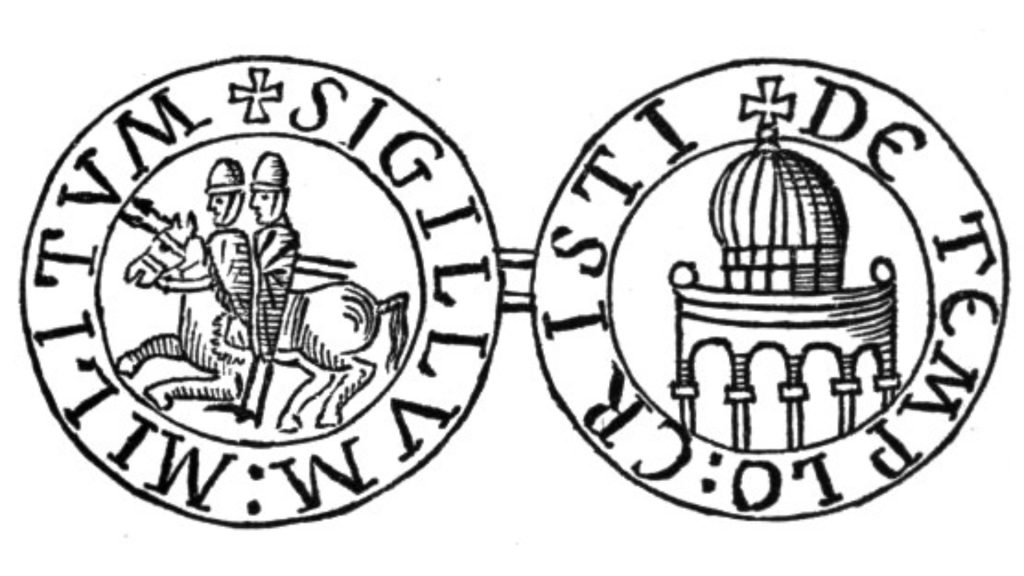
The rumors of the connection between the Grail and the Templar were started by an Austrian pseudohistorical writer, who painted the Order as a secret society dedicated to mystical knowledge and relics. In his work, he theorized that the Holy Grail was not a physical item itself, but rather a symbol of the secret knowledge sought out by the Templar.
The Nazi’s and Their Interest in the Occult
There was just as much evidence linking the Holy Grail with the Knights Templar as there was of the existence of the Grail itself, but that didn’t stop subsequent writers from further associating the Grail with the Templar. In the 30’s, German writer Otto Rahn wrote a series of books tying the Grail and Templar together to German Nationalist ideology.

This association between the Grail, Templar, and German nationalism is what piqued the interest of SS officer Heinrich Himmler. Himmler is known as the main architect of the Holocaust, but he also was the sponsor of Rahn’s attempted search for the Grail after interest in the icon was inspired in Nazi occultist circles.
Theories of the Grail’s Location are Varied
This interest by the Nazi’s was likely fueled in part by the various reports of the Grail’s location over the years. Many different churches and locations claimed to be the home of the grail at various points, some with more proof or voracity than others.

There have been more than 200 reports of the holy grail being “found” in various places across Europe, while some reports have the Grail ultimately lost. Theories abound that the Grail is in the Americas, buried under the Glastonbury, England, or lost in the sewers of Jerusalem.
Different Churches Lay Claim to the Grail
The different churches that claim to have found and house the Grail are as varied as the rumors of its lost location. The Basilica of San Isidoro in Spain claims that a goblet in its possession is, in fact, the lost Grail. Dating the chalice does put its creation between 200 BCE and 100 CE, giving credence to the theory.
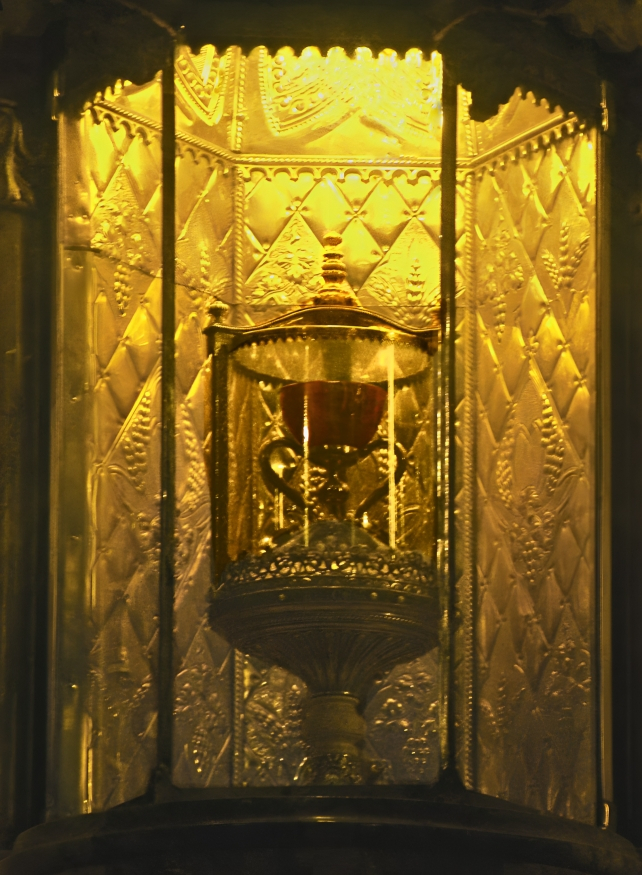
Another church in Spain also claims to be the home of the Grail, and they also claim years of evidence. According to the Valencia Cathedral, the Grail was originally taken from Jerusalem to Rome where it was used in the Holy Eucarist. It was sent to Spain during persecution of the Christians, and has remained there ever since.
The Grail as a Theory, Not an Object
Beyond the real world, the Grail has also made an appearance in fiction multiple times, with different locations attributed to it in every version. In Indiana Jones, the Grail is found in Petra, Jordan. In The Da Vinci Code by Dan Brown, the Grail is not a real object, but is instead a reference to Mary Magdalene’s womb.
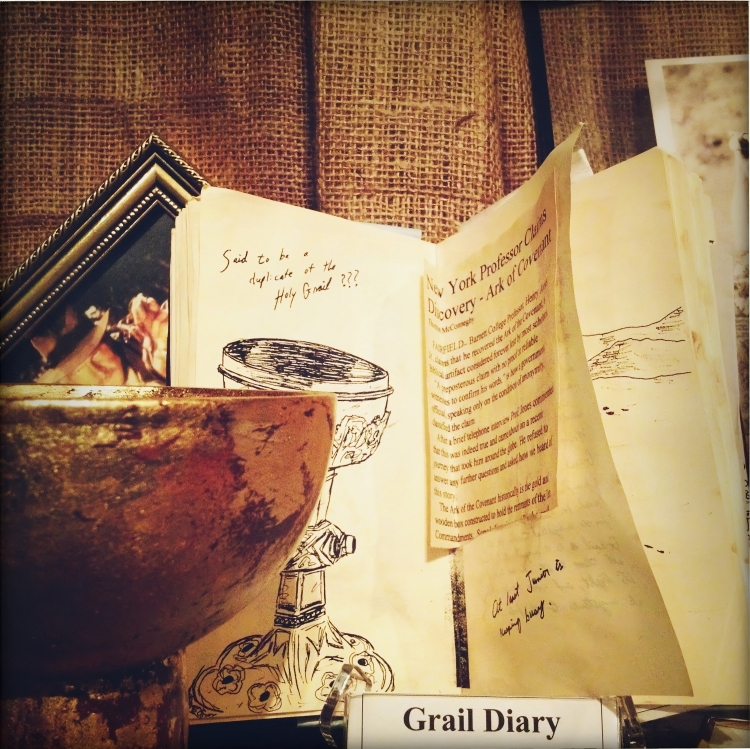
With the various theories about its location and the supposed history of the Grail, the question remains: is it real, at all? Historians have found no basis for its existence in any writings beyond fiction or theory, leading some to wonder if the point of the legend of the Grail is bigger than the reality of an inanimate object.
Bigger than One Story, Or Even Many
In every legend, the Holy Grail is a symbol of faith, and of man’s relationship to God. The Grail symbolizes perfection in a way that allows its seekers to stride for a better version of themselves. It has done this both in fiction, and in life as real people have sought out the mysterious location of the Grail.
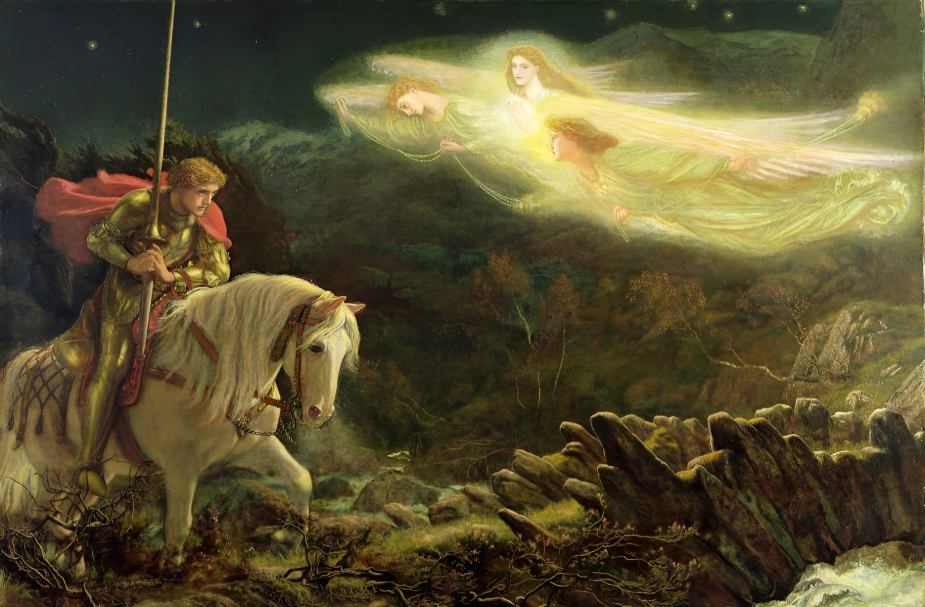
In the way that the Grail influences people’s behaviors and the actions they take, it is very real. Faith is a powerful thing, one that has driven wars and big decisions for centuries. Countries have built and broken over faith, and that is a trend that is sure to continue.
The Grail In Relation To Ourselves
In a more theoretical, spiritual sense, though, the idea of the Holy Grail is more than a mere object, or even what the thought of it influences people to do. It’s a symbol of our relationship with ourselves, an idea of what kind of person we could be if we strive for the perfection that the Grail symbolizes.

In this way, even if you question the validity of its actual existence, it’s possible to relate to the ardor that people admire the Grail with. Everyone wants to be the best version of themselves, and the legend of the Holy Grail is one of the most powerful stories that assures us that if you so wish, you can achieve the perfection necessary for holy absolution.

